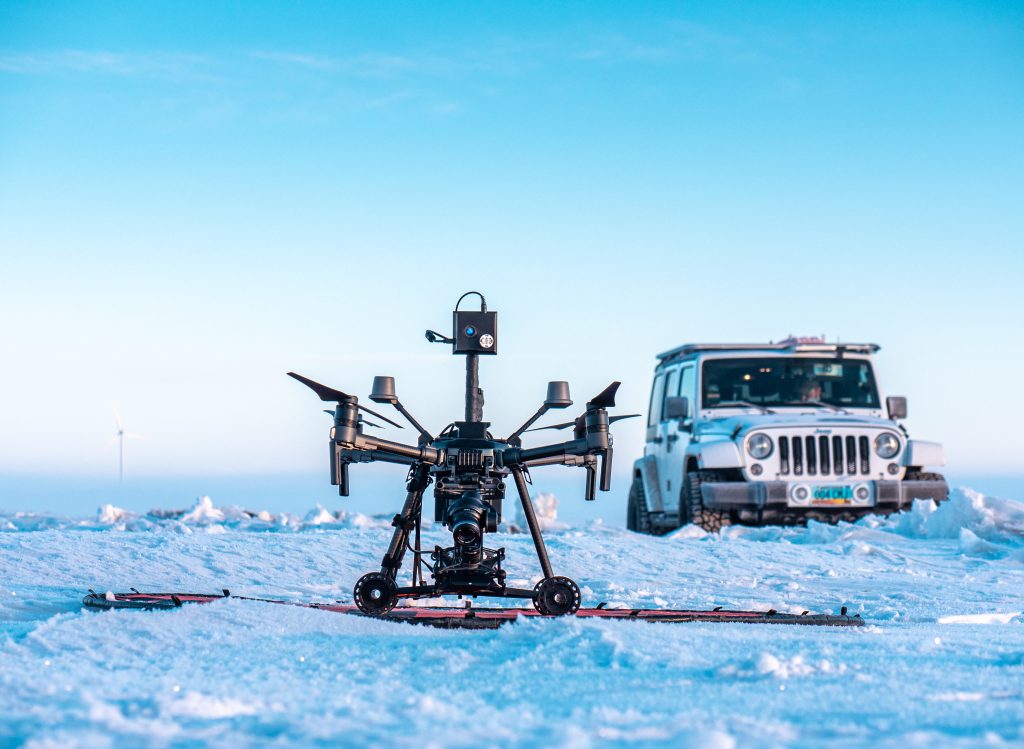Beings the National Center for Autonomous Technologies home base is in northern Minnesota, it’s no surprise that we get asked questions about best practices for drone cold weather operations. We teamed up with our industry partner – SkySkopes, whose headquarters are in Minot, North Dakota to get tips from their team of highly qualified operators.
SkySkopes is a professional drone service provider who executes UAS and manned helicopter services primarily in the energy sector, providing data collection and solutions. CEO & Chairman of the Board, Matt Dunlevy founded the company in 2014 as a spinoff of one of the classes he teaches at the University of North Dakota and secured the first FAA permission to fly UAS for business in North Dakota. When asked about the vision for SkySkopes Dunlevy stated “Our vision is to become the single most trusted and advanced aerial data collection firm, and we constantly drive towards the optimal end-to-end value stream for clients”.
NCAT approached SkySkopes with a list of the top questions they are approached with on UAS Cold Weather Operations. Dunlevy and his gracefully shared their expertise on topics of weather conditions, battery life/storage, pilot protection and basic planning for flying in cold weather.

